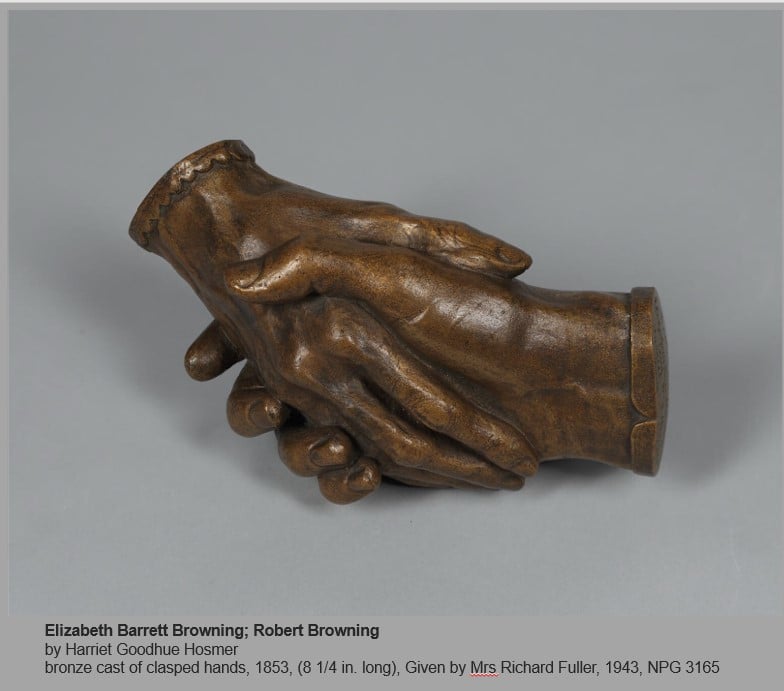There are two key facts about falls and aging everyone needs to know:
- Falls are NOT a natural part of aging you simply need to accept.
- You CAN take steps to make falls less likely to happen.
Use Yoga as “Preventative Medicine”
According to a new study from the University of Miami, a fun way to reduce the likelihood of falls is an ancient practice: yoga. Classical yoga techniques date back more than 5,000 years and, according to the American Yoga Association, the word yoga means “to join or yoke together,” referring to the practice’s ability to bring the “body and mind together into one harmonious experience.”
Yoga consists of three main components — exercise, breathing, and meditation — and the exercise consists of maintaining specific bodily poses. Over the millennium, yoga has continued to evolve, and Joe Signorile (who teaches Exercise Physiology at the University of Miami) has created a form of yoga specifically intended to help prevent harmful falls in the aging.
To accomplish this, poses have been modified as well as the transitions between the poses. It includes more upper body strengthening along with balance work that helps people stay agile as they age.
If you’re interested in discovering more about Signorile’s research, you can read these articles:
- Prescription Yoga: Studies with Kiersten Moody and Dr. Joseph Signorile
- Comparative Impacts of Tai Chi, Balance Training, and a Specially-Designed Yoga Program on Balance in Older Fallers
If you’re interested in trying yoga for the first time — or if it’s been a while — talk to your doctor and the yoga instructor about modifications that make sense for your specific needs and situation.
Safety-Proof Your Home
One of the easiest ways to prevent falls is to safety-proof your home. Daily Record News lists helpful tips, which include “reduce household clutter and remove objects that could be tripped over or slipped on, including loose rugs and electrical cords.” Other tips from the article include:
- Putting non-slip adhesive pads on stairs and potentially slick surfaces
- Installing grab bars in the bathroom and using a shower mat
- Ensuring adequate lighting in the entire house, especially the stairs
- Discussing side effects from medicines, such as dizziness, with your doctor
- Regularly visiting an optometrist to proactively deal with any changes in vision
- Exercising regularly
Suggestions from WebMD
- If you feel lightheaded when you stand up quickly, take your time getting up. When you first awaken, sit up and count slowly to 10 before standing up. When you stand up, stand still for a few seconds before you begin to walk.
- Make sure you’re drinking enough water, especially when the weather heats up. If you don’t, this can lead to dehydration — and one symptom is dizziness, which increases the likelihood of falls.
Tips from the Mayo Clinic
The Mayo Clinic adds two more tips. The first is to wear sensible shoes as part of your fall prevention plan. “High heels, floppy slippers and shoes with slick soles can make you slip, stumble and fall. So can walking in your stocking feet.”
And, if you have fallen before, what happened? Write down the details, including when, where and how. Or, if you’ve almost fallen but were able to catch yourself — or someone else caught you — write down what happened there, too. Discuss these with your doctor to determine patterns and probable causes so you can further safety-proof your personal fall prevention plan.
Get even more tips for preventing falls in this handy checklist!














